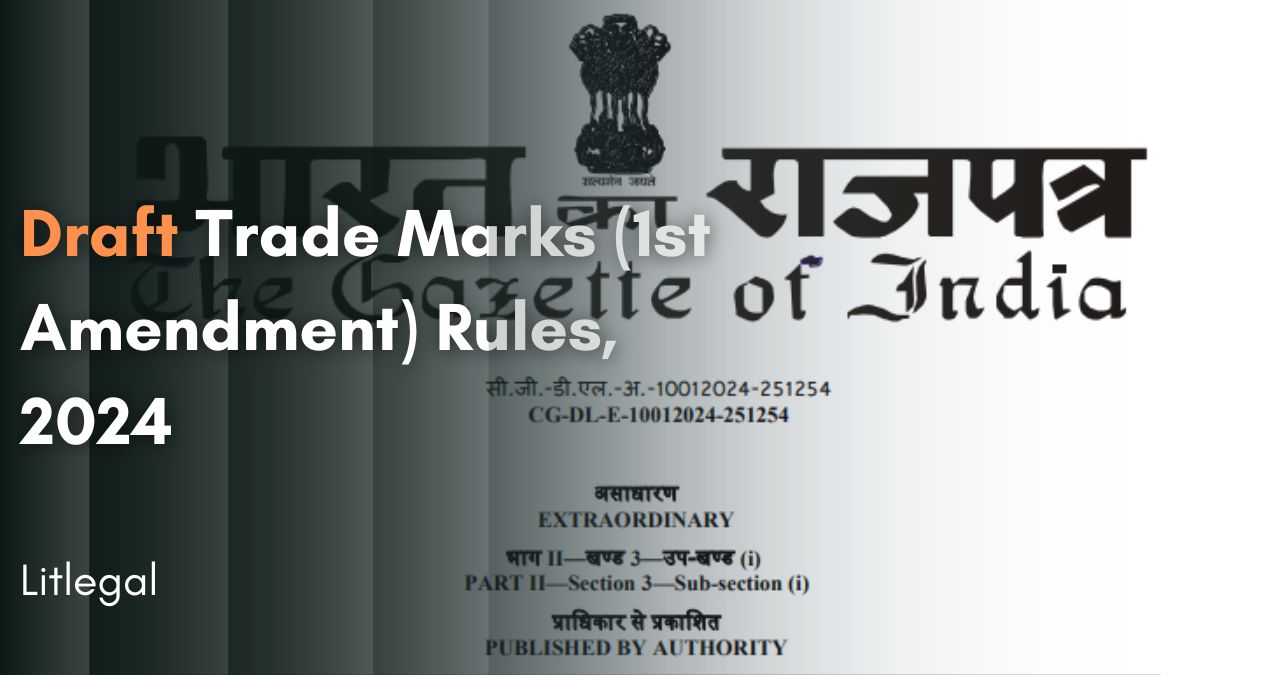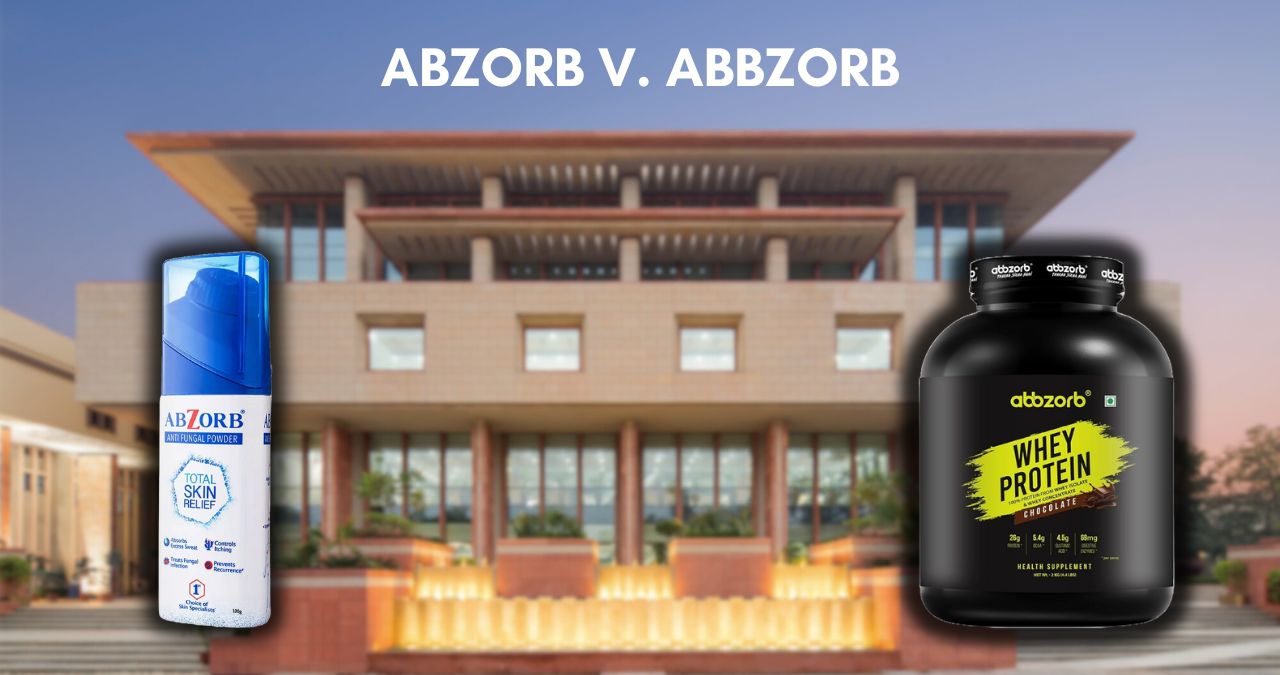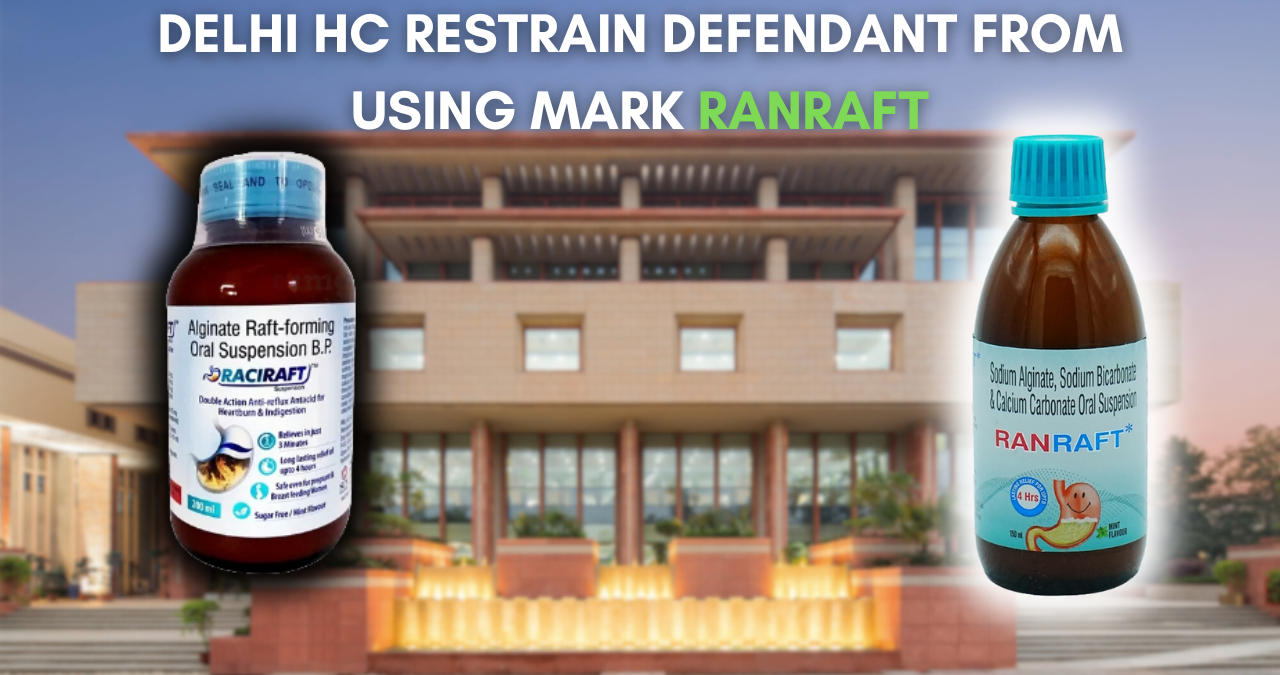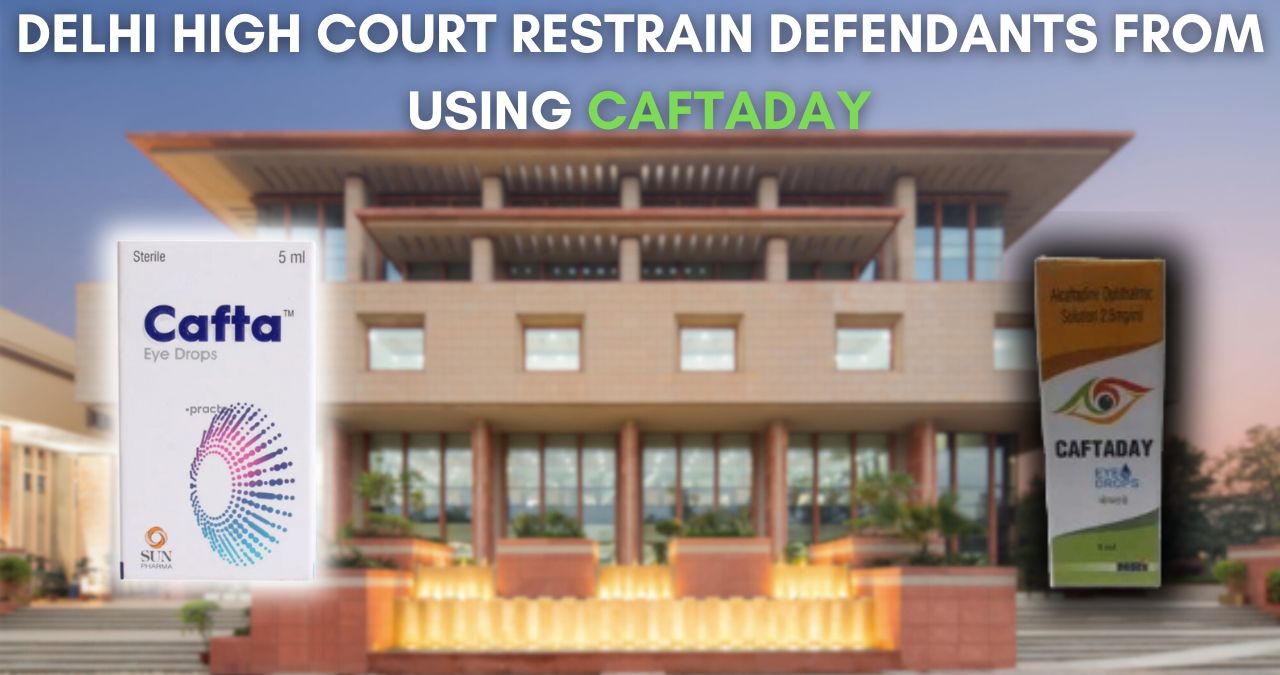Recently, the Central Government has proposed the Draft rules to further amend the Trade Marks Rules, 2017 on 2nd January 2024. The notification is published and is available to the public. It invites objections/suggestions from any person w.r.t. this draft rules before 30 days of publication of this Draft rules, by addressing the same to the e Secretary, Department for Promotion of Industry and Internal Trade, Ministry of Commerce and Industry, Government of India, Vanijya Bhawan, New Delhi- 110001 or by e-mail at ipr4-dipp@nic.in.
- Short Title and Commencement:
- These rules are termed as the Draft Trade Marks (1st Amendment) Rules, 2024 and will come into force from the date of their publication in the Official Gazette.
- New Definitions:
- The amendment introduces new definitions, including “Adjudicating Officer”, “Complainant”, “Appellant”, and “Appellate Authority”. Each term is defined in relation to its function in the adjudication process under the Act.
- Chapter VII A – Adjudication of Certain Penalties under Jan Vishwas Act:
- Rule 105A – Adjudication of Certain Penalties: This rule allows any person to file a complaint with the Registrar regarding violations of Section 107 of the Trade Marks Act. The complaint must be detailed, setting out the facts and evidence of the alleged contravention.
- Rule 105B – Appointment of Adjudicating Officer: This rule empowers the Registrar to appoint an officer as an Adjudicating Officer to conduct inquiries and impose penalties for violations under Section 107 of the Act. Multiple Adjudicating Officers can be appointed, and complaints are allocated to them randomly via a computer system. These officers have the powers of a civil court (subject to certain limitations) and are considered public servants under the Indian Penal Code.
What is Section 107 of the Trade Marks Act?
Section 107 of the Trade Marks Act deals with penalties for falsely representing a trade mark as registered.
- The Act prohibits certain representations regarding trade marks:
- Representing a non-registered mark as a registered trade mark.
- Indicating that a part of a registered trade mark, which is not separately registered, is independently registered.
- Claiming that a registered trade mark is registered for certain goods or services when it is not.
- Suggesting that a trade mark registration confers an exclusive right to use in situations where it does not, due to limitations on the register.
- Contd… with Chapter VIIA:
- Rule 105C – Summary Proceedings when Case is Not Made Out: If the Adjudicating Officer finds that there is no prima facie case for the complaint, they will dismiss the complaint summarily within 30 days, thus providing a swift resolution where the complaint is found to be baseless.
- Rule 105D – Summary Proceedings when Case is Made Out: Conversely, if a prima facie case is established, the Adjudicating Officer initiates proceedings. This includes serving notice to the alleged violator, allowing the opposite party to submit a written statement, and conducting an inquiry. The inquiry process is comprehensive and includes a cause-showing notice, consideration of various factors for adjudging compensation (like the gain from the default, loss caused, and the nature of the default), and provisions for extending the response period.
- Appeal Process:
- Rule 105E: Specifies the process for appealing against decisions or orders of the Adjudicating officer, including time frames and conditions for filing an appeal.
- Rule 105F: Deals with the registration of appeals, addressing procedures for handling defective appeals.
- Disposal of Appeal by Appellate Authority:
- Rule 105G: Once an appeal is admitted, the Appellate Authority serves a copy to the opposite party, who must reply within 21 days. This period can be extended for another 21 days if justified. All replies, applications, or representations by the appellant are to be immediately served to the opposite party through electronic modes. Parties will be notified of the hearing date, which will not be earlier than 30 days from the date of notification. On the hearing date, the Appellate Authority may pass any appropriate order, including adjournments with payment of prescribed fees.
- Rule 105H: The Appellate Authority ensures the appellant is heard, adhering to the principles of natural justice. The Appellate Authority may allow new grounds for appeal if the omission was unintentional or reasonable. The Authority can confirm, modify, annul the decision, or refer the matter back for fresh adjudication. No order enhancing penalties will be passed without giving the appellant a chance to respond. The order will be in writing, with detailed reasons, points for determination, and decisions. Appeals should ideally be decided within 60 days of filing. The Authority may grant adjournments, but not more than once per party without fees, and not more than two additional adjournments with fees. If a party fails to appear, the appeal can be decided ex-parte. However, if the absent party later provides a sufficient cause for non-appearance, the ex-parte order can be set aside within 1 year. The order will be communicated to all parties and the central government. It will be concise, reasoned, signed, and dated.



